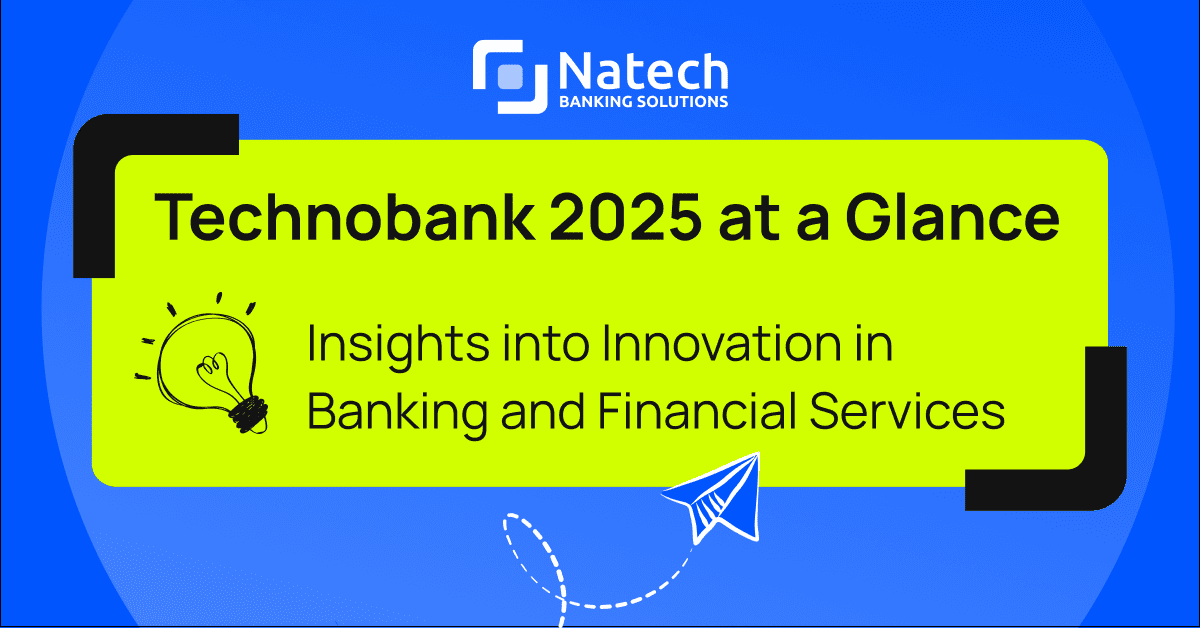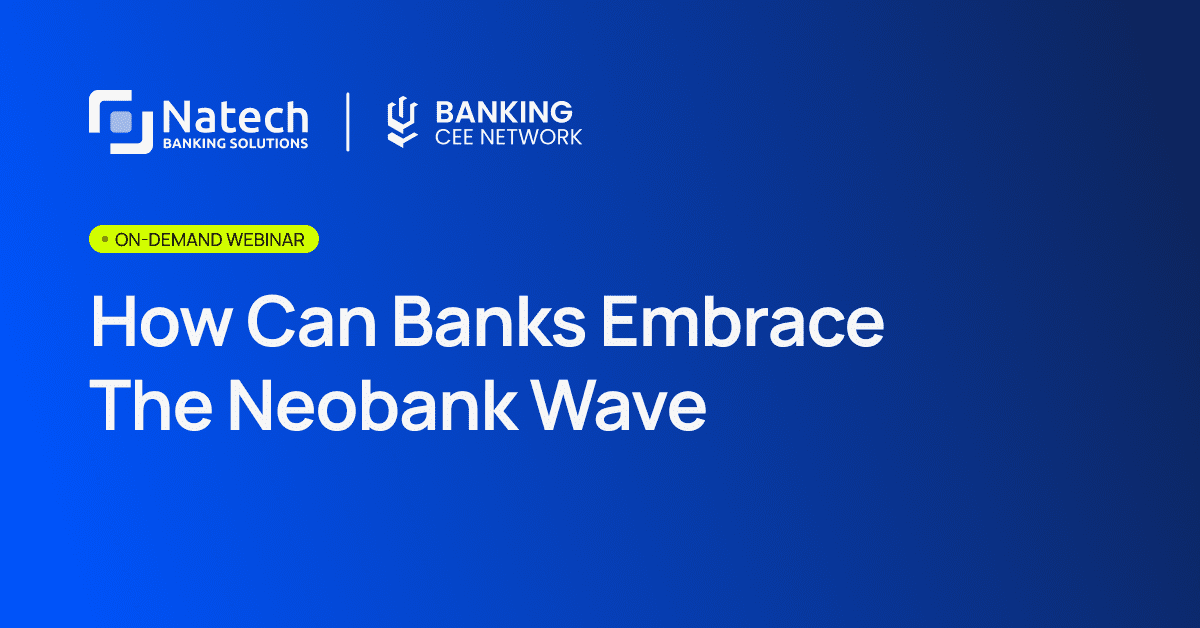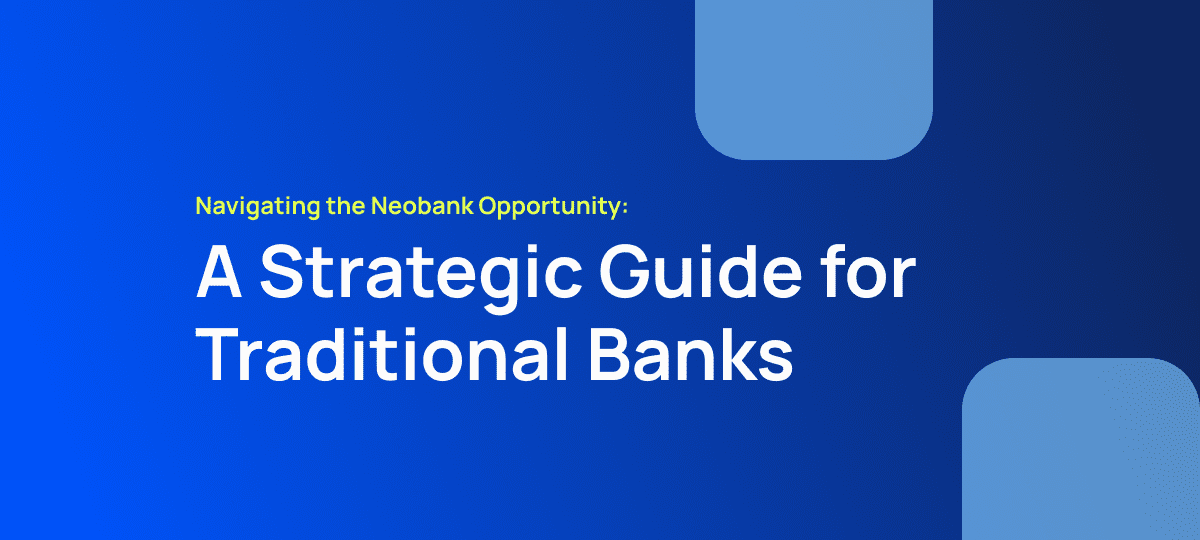A Practical Blueprint for Quick AML Compliance for Smaller Banks and EMIs
Smaller banks and EMIs can now achieve robust AML compliance in under two weeks. In this practical guide, Natech’s Anastasia Karantana outlines how modular, fast-to-deploy technology paired with a risk-based framework enables lean teams to meet evolving regulatory expectations without overextending resources.

By Anastasia Karantana, Client Solutions Consultant, Natech Banking Solutions; Vice President, ASCO Greece
For smaller banks and Electronic Money Institutions (EMIs), AML compliance can often feel like an uphill battle. However, regulators across Europe, including the European Banking Authority (EBA) and national supervisors like the Bank of Greece, expect all financial institutions, regardless of size, to demonstrate that their AML compliance is not just a checkbox exercise but a risk-sensitive, ongoing process.
While larger institutions can leverage vast resources for dedicated compliance teams and bespoke systems, smaller players need intelligent, agile, and cost-effective solutions to mitigate risk and ensure adherence without crippling their operations.
Natech Banking Solutions understands all these unique challenges. At Natech, our AML software is built with modularity in mind, so that smaller financial institutions can start small and scale gradually.
The Solution: Pre-Configured, Rapid Deployment AML
Natech’s AML offers a modular, rules-based solution designed for fast deployment—live in under two weeks—and easy integration with any core banking system, ERP, or payment gateway. Its features include:
- Real-time and batch transaction monitoring
- Automated alert generation with multi-level case management
- Pre-integrated EU and global watchlists, plus easy custom list upload
- Dynamic risk scoring of customers, counterparties, and groups
- Audit trails and reporting built to international best practices (ISO 27001:2022 compliant)
- Automating these classifications through simple scoring mechanisms within your AML system
- Allowing parameter-based rule adjustment, dynamic thresholds, and watchlist-based alerts without requiring AI/ML unless scaling is needed later
- Built-in alerts prioritization: Let your analysts focus on high-severity alerts through weighted scoring and dashboard visualizations
- Using solutions like Regulatory Watch built into AML systems
- Partnering with compliance advisory teams who offer quarterly risk horizon scanning and gap assessments
The Pillars of Effective AML
Regardless of size, the core tenets of AML compliance remain crucial. These include:
Risk-Based Approach (RBA): The cornerstone of modern AML compliance is the RBA. As per the EU’s AMLD5 and AMLD6 and further emphasized by the upcoming AML Regulation (expected to apply in 2026), institutions must understand and mitigate risks related to their customers, products, geography, and delivery channels.
Instead of a one-size-fits-all approach, institutions must identify, assess, and understand their specific money laundering and terrorist financing risks. This involves evaluating customer types, products, services, and geographical exposure. Documenting this assessment thoroughly is non-negotiable, as regulators will scrutinize it. For smaller entities, this might mean a more focused initial assessment, but it must be regularly reviewed and updated.
Customer Due Diligence (CDD) & Enhanced Due Diligence (EDD): Knowing your customer is the bedrock of AML. This means verifying identities, understanding the nature of their business, and assessing their risk profile. For higher-risk clients (e.g., Politically Exposed Persons – PEPs, or those in high-risk sectors/jurisdictions), EDD, involving deeper analysis and scrutiny of financial activities, is essential. The new EU AML Regulation refines the definition of Ultimate Beneficial Owner (UBO), lowering the threshold to “25% or more,” and potentially even lower for high-risk entities, requiring meticulous attention to beneficial ownership transparency.
Ongoing Monitoring and Transaction Screening: AML isn’t a one-time check. Continuous monitoring of customer transactions and behavior is vital to detect suspicious activities that deviate from expected patterns. This includes screening against global sanctions lists (like OFAC’s consolidated list) and PEP databases.
Internal Controls, Policies, and Procedures: Clear, documented policies outlining procedures for customer screening, transaction monitoring, suspicious activity reporting (SARs), and record retention are fundamental. These should be tailored to the institution’s risk profile and regularly updated to reflect regulatory changes and emerging threats.
Training and Awareness: Employees are the first line of defense. Regular, documented training is crucial to ensure staff can identify red flags, understand their reporting obligations, and apply AML procedures correctly.
Appointed Compliance Officer (MLRO): A designated individual with the necessary authority and resources must oversee the AML program, report to authorities, and stay abreast of regulatory changes.
Independent Review and Audit: Regular internal or external audits are essential to assess the effectiveness of the AML program, identify deficiencies, and implement necessary adjustments.
As Vice President of ASCO Greece and a seasoned practitioner with experience in regulated entities, I know that technology alone isn’t enough. Success depends on pairing the right tools with knowledgeable teams, effective governance, and continuous adaptation to regulatory change. With the right tools, even the smallest bank or EMI can build a future-proof compliance posture that meets today’s regulatory expectations and is ready for tomorrow’s evolution.
Ready to go live in under 2 weeks?
Discover how fast, effective, and affordable AML compliance can be with Natech. Quick AML compliance doesn’t mean cutting corners. It means designing a framework that is risk-aware, technology-enabled, and right-sized.
As both a provider of AML solutions and co-creator of Snappi, Greece’s first neobank, we have built technology that is battle-tested against regulatory expectations while being practical for institutions with smaller footprints.
You can Book a demo today and see how quickly your team can be AML-ready.












